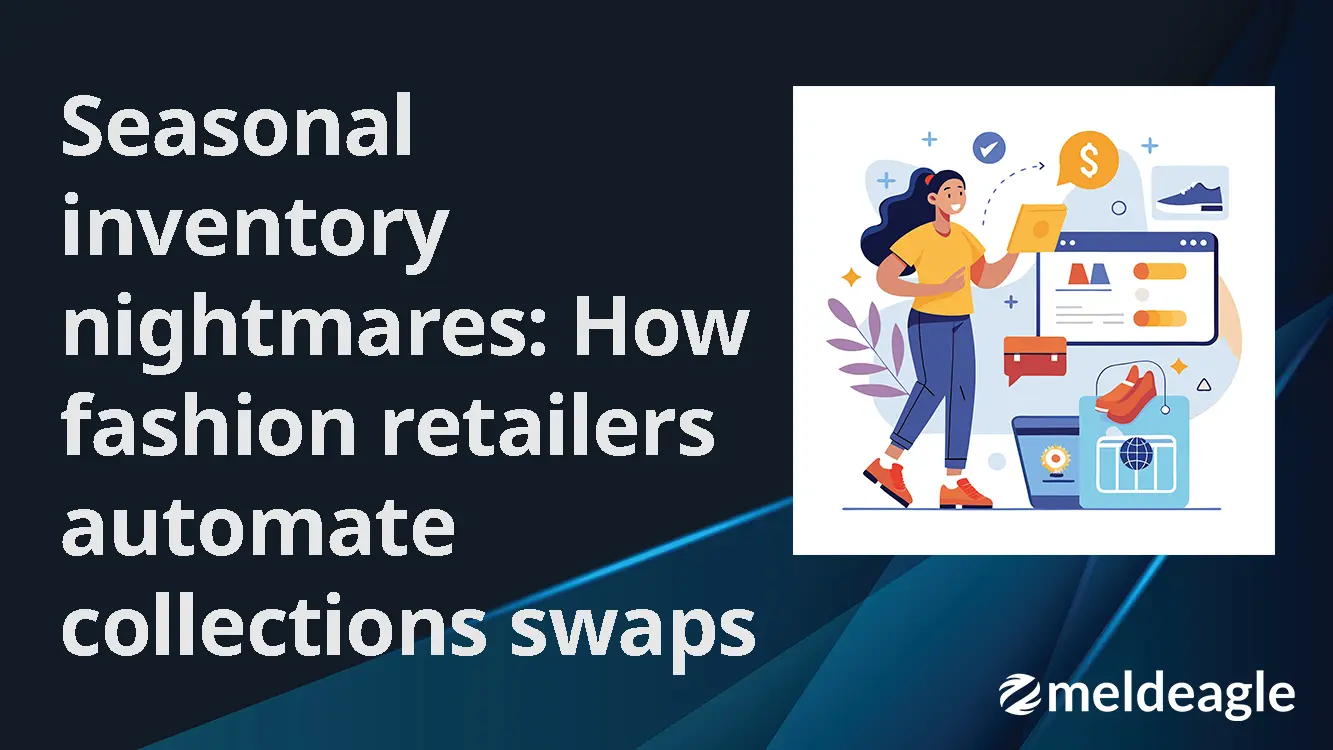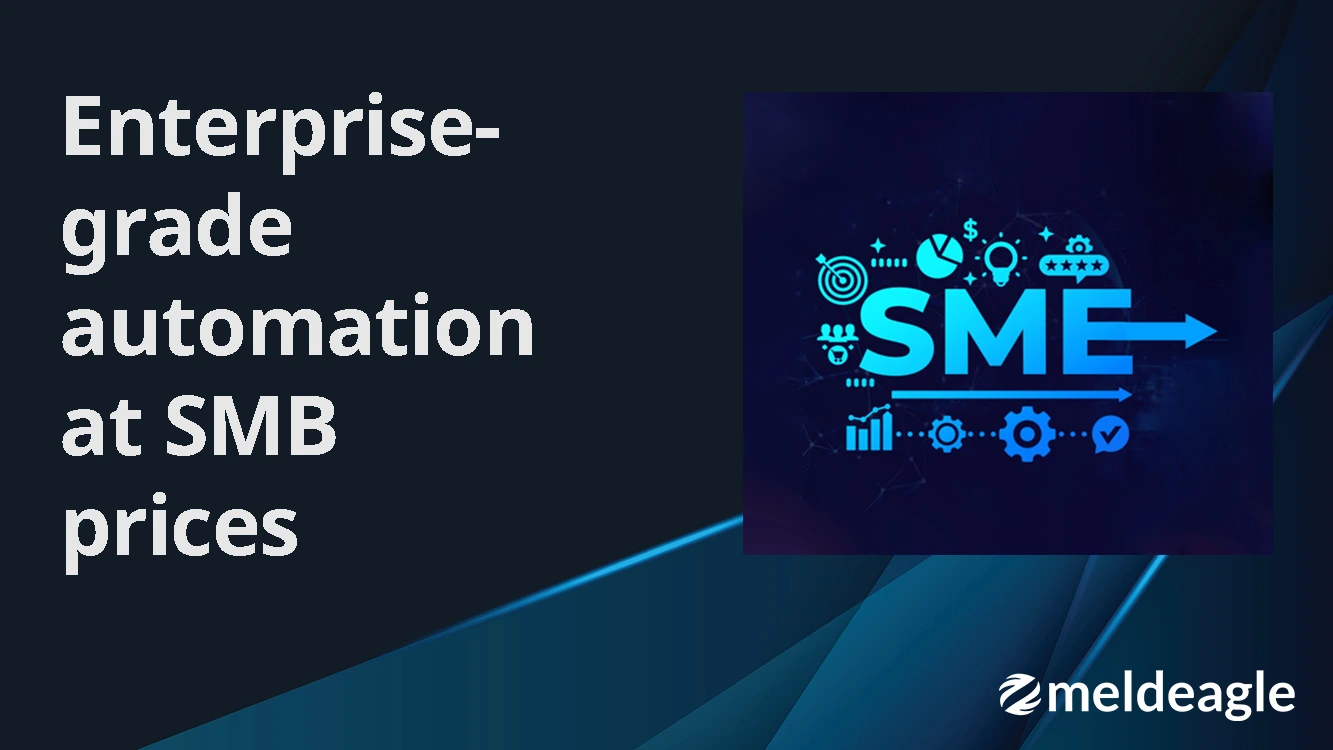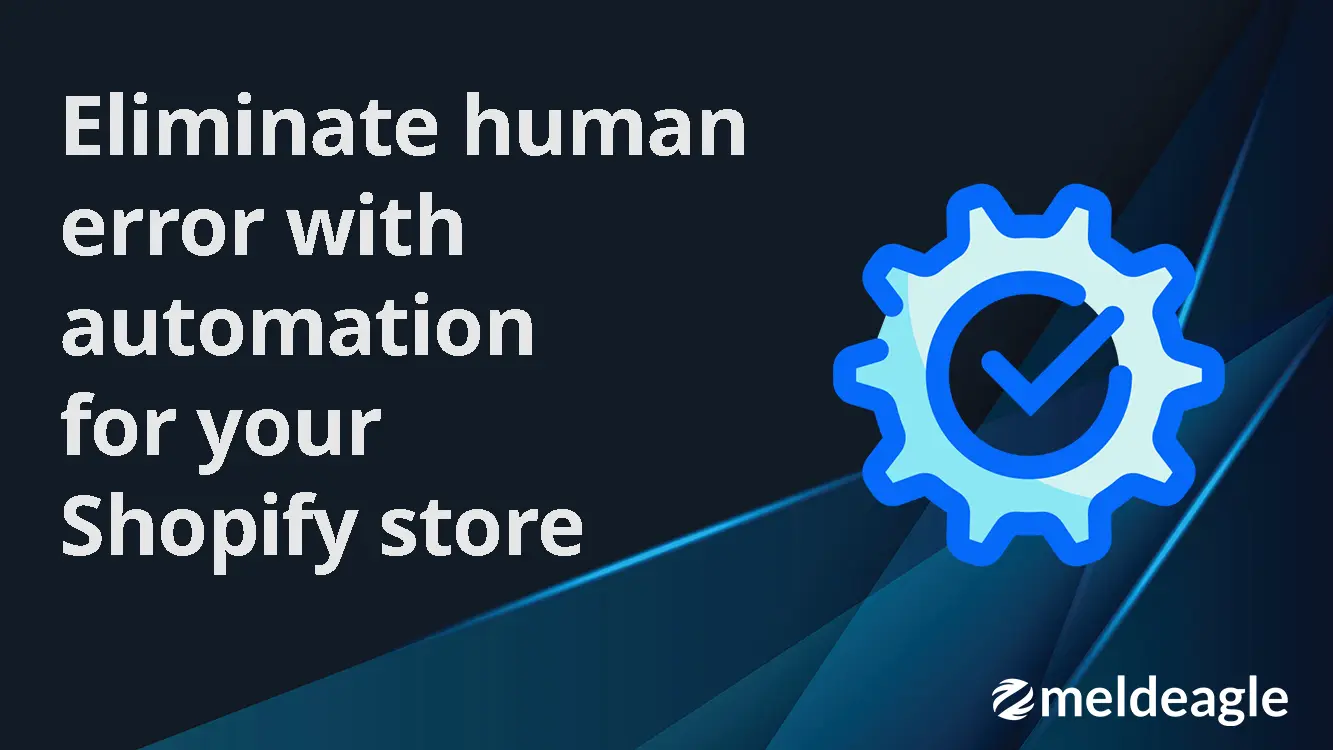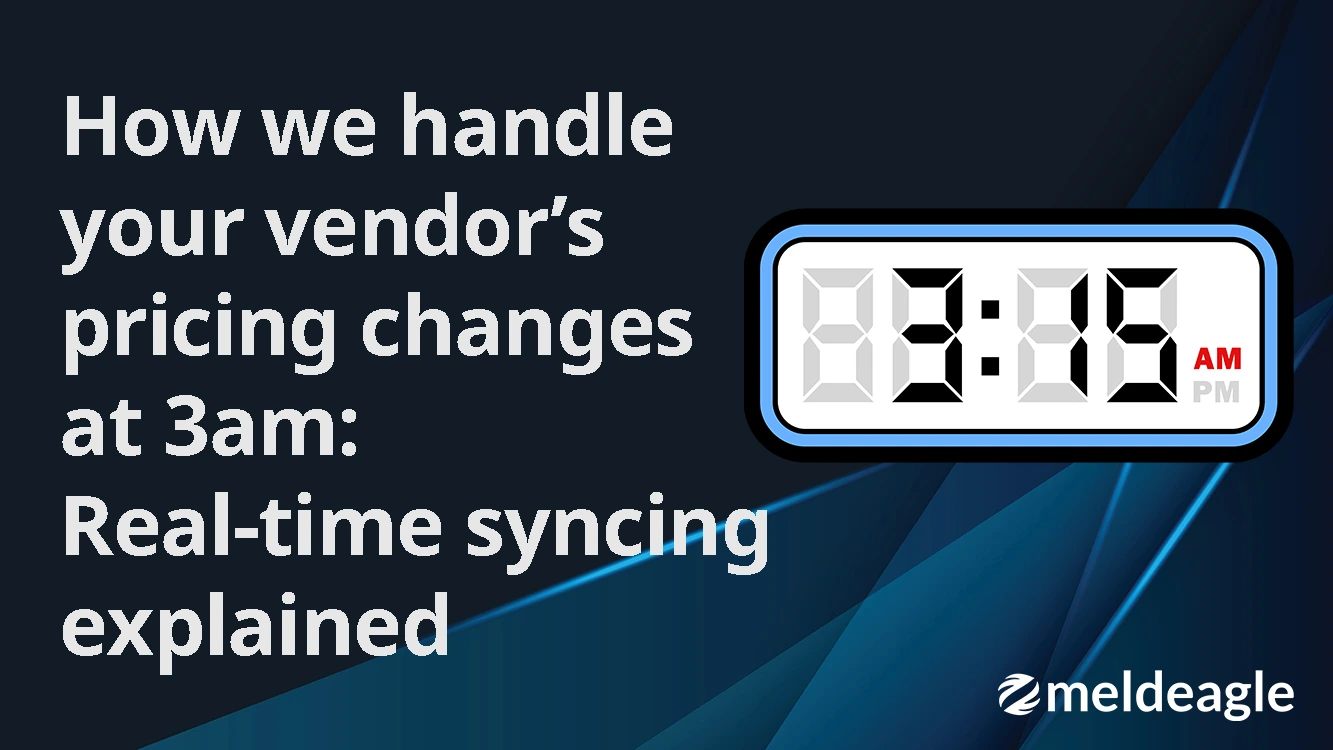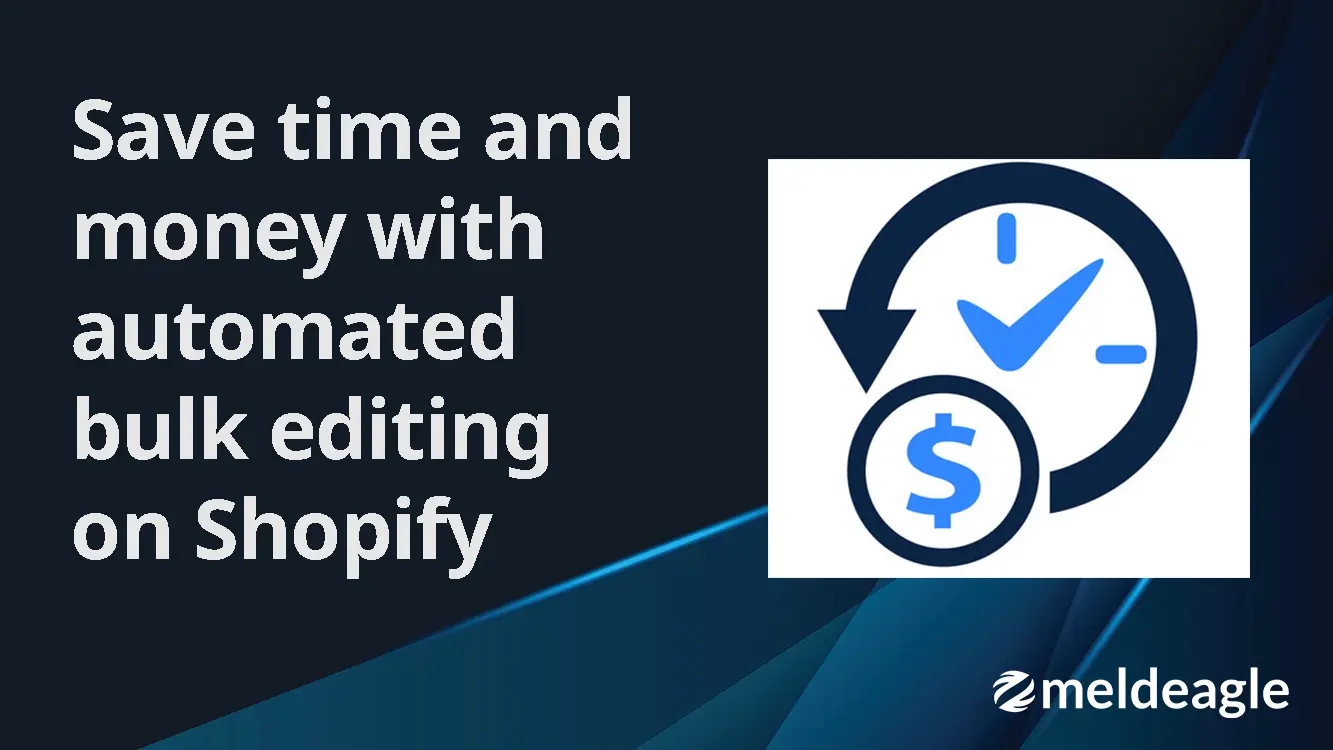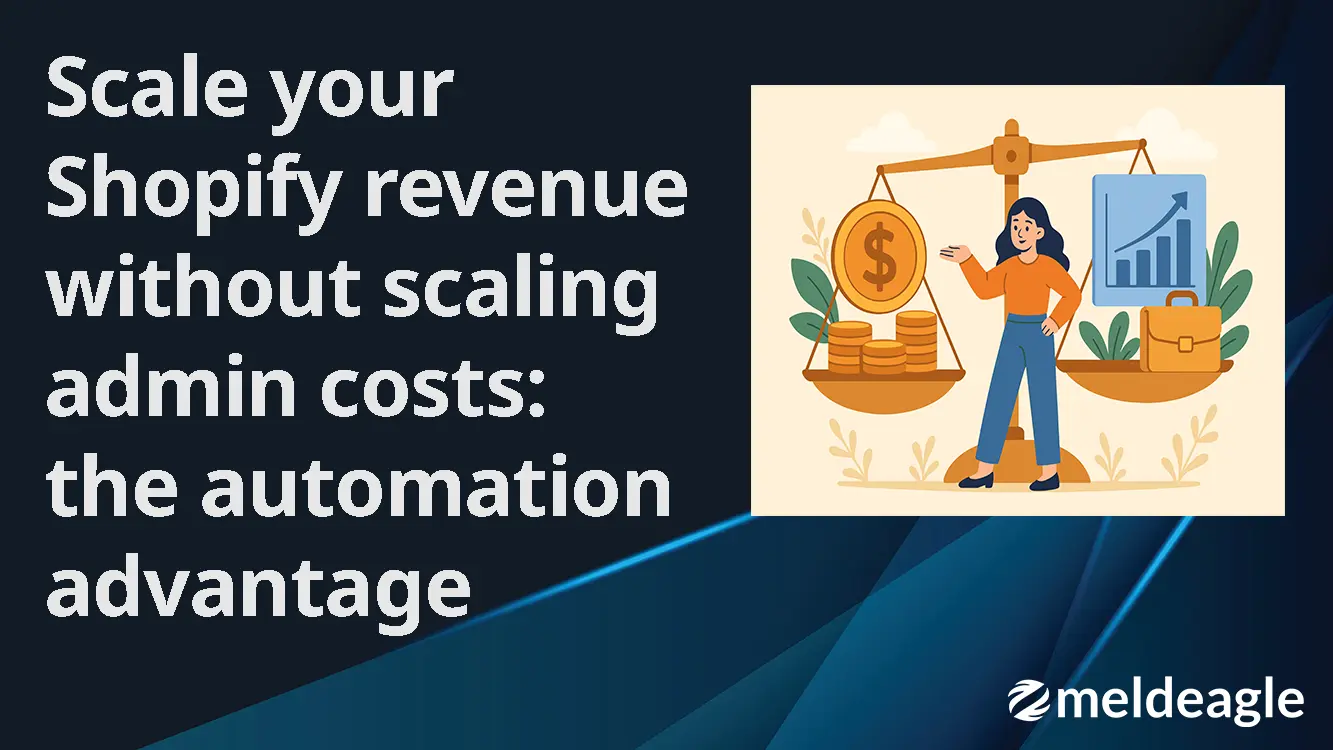
Scale your Shopify revenue without scaling admin costs: the automation advantage
Here's a question that keeps Shopify store owners awake at night: how do you grow from £100,000 to £1 million in revenue without hiring ten more people? The traditional retail model says more sales equal more staff. But what if that's no longer true?
Let me share something remarkable. We've watched dozens of Shopify stores explode their revenue whilst keeping their teams lean through Shopify automation. These aren't unicorn stories – they're real businesses that discovered the automated product management advantage. Let's explore how they did it and how you can too.
The traditional scaling trap
Most Shopify stores fall into a predictable pattern. Sales increase, orders pile up, and the solution seems obvious: hire more people. But here's what typically happens:
- Revenue grows by 200%
- Staff costs grow by 250%
- Complexity increases exponentially
- Profit margins actually shrink
One clothing retailer we spoke with grew from £500,000 to £2 million in revenue. Their team expanded from 3 to 12 people. But their profit? It barely budged. They were running faster just to stay in the same place, spending countless hours on manual product updates instead of using Shopify bulk editor tools effectively.
This is the scaling trap, and it's killing profitable growth across the e-commerce landscape.
Case study 1: the boutique that became a powerhouse
Sarah's Boutique started as a single-person operation in Manchester. In 2022, she was managing 500 products and generating £150,000 in annual revenue. By 2024, she hit £1.2 million with 5,000 products. Her team? Still just three people, thanks to Shopify automation UK solutions.
The transformation journey
Year 1 (2022): The breaking point
- 500 products managed manually
- 20 hours weekly on product updates
- £150,000 revenue
- 1 full-time employee (Sarah)
Sarah was drowning in spreadsheets. Every price update took hours without bulk price editor Shopify tools. New product launches were week-long ordeals. She was working 60-hour weeks just to keep up.
Year 2 (2023): The automation shift
- Implemented automated product upload for Shopify stores
- Connected supplier feed management for real-time supplier data synchronisation Shopify
- 2,000 products under management
- £450,000 revenue
- 2 employees (added one part-timer)
The transformation began when Sarah automated her product updates using Shopify product automation. Instead of manually entering data, she connected directly to her suppliers' systems through vendor product sync. What once took 20 hours now took 2 with automated bulk editing.
Year 3 (2024): The scaling breakthrough
- 5,000 products fully automated with product catalogue management
- Multi-channel sync activated
- £1.2 million revenue
- 3 employees total
By year three, Sarah's store ran like clockwork. Automatic price adjustment Shopify meant her margins stayed consistent. Inventory sync tool Shopify prevented overselling. Her team focused on marketing and customer service, not data entry, thanks to automated inventory management.
The numbers that matter
- Revenue per employee: £400,000 (industry average: £120,000)
- Time on admin tasks: 5 hours/week (down from 40) - a true Shopify time-saving tool
- Error rate: 0.1% (down from 3%) - thanks to error-free updates
- Customer satisfaction: 4.8 stars (up from 4.2)
Case study 2: from side hustle to six figures
Marcus ran a sporting goods store whilst working full-time in finance. His goal? Replace his salary without quitting his job. The challenge? He had only evenings and weekends.
The lean operation strategy
Starting point (January 2023):
- 200 products
- £30,000 annual run rate
- 15 hours/week availability
The automation framework:
Marcus knew he couldn't compete on time, so he competed on efficiency with Shopify workflow automation. He implemented:
- Automated category mapping from supplier catalogues – New products automatically organised themselves
- Smart pricing rules Shopify – Margins calculated automatically based on product type using automated pricing rules
- Bulk metafield editor for enhanced product data – Rich product information without manual entry
Results after 18 months:
- 3,000 products managed through bulk product management
- £380,000 annual revenue
- Still just 15 hours/week
- Zero additional staff
The key? Marcus spent his limited time on strategy, not tasks. Automated Shopify workflows handled the repetitive work whilst he focused on supplier relationships and marketing campaigns. His Shopify vendor sync system ensured real-time stock updates without manual intervention.
Case study 3: the multi-brand empire
Emma's story shows how Shopify product automation for multi-brand retailers enables massive scale. She started selling one brand of home décor. Today, she manages 15 brands with over 20,000 SKUs using multi-vendor management.
Building a lean empire
Phase 1: Single brand success (2021)
- 1 brand, 800 products
- £200,000 revenue
- 2 employees
Phase 2: Multi-brand expansion (2022-2023)
- Added 5 brands through vendor catalogue sync
- 5,000 total products managed with product feed integration
- £800,000 revenue
- Still just 3 employees
The secret? Emma created custom Shopify automation workflows for each brand. Different pricing rules, distinct SEO strategies, unique promotional calendars – all running automatically through product listing automation.
Phase 3: The platform approach (2024)
- 15 brands integrated via Shopify API integration
- 20,000 products with automated data import
- £2.5 million revenue
- 5 employees
Emma's per-employee revenue now exceeds £500,000. In traditional retail, managing 15 brands would require at least 15-20 staff members. Her lean team manages it with enterprise Shopify automation.
The automation stack that made it possible
- Multi-channel synchronisation Shopify for marketplace expansion
- Automated pricing rule application for different customer segments
- Real-time stock level monitoring across multiple channels
- Bulk product description enhancement using AI
The economics of automated scaling
Let's examine why Shopify store automation creates such dramatic efficiency gains and helps reduce labour costs Shopify.
Traditional scaling costs
For every £100,000 in revenue growth, traditional retailers typically need:
- 0.5-1 additional admin staff (£25,000-£35,000)
- Extra office space and equipment (£5,000)
- Training and management overhead (£5,000)
- Total cost: £35,000-£45,000
Automated scaling costs
The same £100,000 growth with affordable Shopify automation requires:
- Software subscription upgrade (£2,000-£5,000)
- One-time setup and training (£3,000)
- Ongoing optimisation (£2,000)
- Total cost: £7,000-£10,000
That's a 75-80% reduction in scaling costs. The savings compound as you grow larger, delivering exceptional Shopify automation ROI.
The compound effect of efficiency
When you reduce operational costs with Shopify automation, something magical happens. The savings don't just go to profit – they fuel further growth through business automation Shopify.
Reinvestment opportunities
Stores that automate repetitive tasks typically reinvest savings into:
- Marketing budget increases: 30-50% more spent on customer acquisition
- Product range expansion: Ability to test new products without admin burden using bulk product upload
- Customer experience improvements: Better photography, content, and service
- Strategic initiatives: International expansion, new channels, partnerships
This creates a virtuous cycle. Automation frees capital, capital drives growth, growth justifies more automation. The Shopify efficiency tools pay for themselves many times over.
Breaking down the automation advantage
Why does ecommerce automation create such dramatic leverage? Several factors combine:
Time multiplication
When you automate Shopify tasks, you don't just save time – you multiply it. A task that took 1 hour daily (365 hours annually) might take 5 minutes with automation (30 hours annually). That's 335 hours freed for growth activities with productivity tools Shopify.
Error elimination
Manual processes have error rates of 1-3%. At scale, this becomes expensive. A pricing error on 1,000 products can cost thousands in lost margin. Error-free Shopify inventory management and data validation Shopify protect your profits by helping you eliminate manual errors.
24/7 operations
Your automated systems work whilst you sleep. 24/7 product data synchronisation means international customers see accurate stock levels. Real-time pricing sync happens instantly when suppliers change costs. Your store never truly closes with Shopify live sync.
Scalability without complexity
Adding 10,000 products to an automated system is barely different from managing 1,000. The same rules apply, just to more items. Try doing that manually, and you'll need a bigger team. Shopify scalability through automation makes it possible to grow Shopify catalogue exponentially.
Implementation strategies for different business stages
The path to Shopify business growth through automation varies by business maturity. Here's a practical roadmap:
Startup stage (£0-£100k revenue)
Focus on foundational Shopify automation tools:
- Basic bulk editing tools
- Simple pricing rules
- Automated order processing
Investment: £50-£200/month
Time to implement: 1-2 weeks
ROI timeline: 2-3 months
Growth stage (£100k-£500k revenue)
Expand to comprehensive Shopify catalogue automation:
- Supplier feed integration
- Multi-channel management
- Advanced pricing strategies with dynamic pricing Shopify
Investment: £200-£500/month
Time to implement: 1-2 months
ROI timeline: 3-4 months
Scale stage (£500k+ revenue)
Implement enterprise product management features:
- Custom Shopify automation workflows
- AI-powered optimisation
- Predictive analytics
Investment: £500-£2000/month
Time to implement: 2-3 months
ROI timeline: 4-6 months
Common objections (and why they're wrong)
"But automation is expensive!" Compare it to hiring. One employee costs £25,000+. Premium cost effective product management might cost £6,000 annually. The maths is clear.
"We'll lose the personal touch!" Automation handles data, not relationships. Your team gains more time for actual customer interaction when they're not stuck doing bulk inventory editor tasks.
"It's too complex for us!" Modern tools like MeldEagle are designed for non-technical users. If you can use Shopify, you can use Shopify integration tools.
"What if something breaks?" Manual processes break too – through human error. Automated systems include safeguards and monitoring to prevent stockouts and prevent overselling Shopify.
The strategic advantages beyond cost
Whilst cost savings are compelling, Shopify operational automation delivers strategic benefits that matter even more:
Agility and speed
Markets change fast. With instant product updates, you can:
- Launch new product lines in hours, not weeks using bulk product updates Shopify
- Respond to competitor pricing instantly with Shopify bulk price changes
- Test new strategies without operational burden
Data-driven decisions
Automated systems generate rich analytics:
- Which products drive profit?
- When should you markdown slow movers?
- What pricing maximises margin?
Manual operations obscure these insights in operational noise.
Competitive moat
As you scale Shopify store with automation, you can offer:
- Broader product selection through expand product range Shopify
- Better prices (lower operational costs)
- Faster delivery (efficient operations)
- Superior service (focused team)
Competitors using traditional models can't match this combination.
Getting started: your 90-day plan
Ready to scale without expanding your team? Here's a practical timeline to streamline Shopify operations:
Days 1-30: Foundation
- Audit current manual processes
- Identify biggest time drains
- Research best Shopify automation tools
- Start with one process (usually bulk variant editor)
Days 31-60: Implementation
- Set up core Shopify feed automation
- Train team on new workflows
- Monitor results and refine
- Document processes
Days 61-90: Expansion
- Add additional automated vendor updates
- Optimise existing workflows
- Calculate ROI
- Plan next phase
The future belongs to the efficient
E-commerce is evolving rapidly. Customers expect more selection, faster delivery, and better prices. Meeting these expectations profitably requires operational excellence through Shopify store efficiency.
The stores thriving tomorrow won't necessarily be the biggest. They'll be the most efficient. They'll offer 10,000 products with the team that once managed 1,000 using Shopify automation for large catalogues. They'll update prices in real-time whilst competitors update spreadsheets.
This isn't just about save money Shopify automation. It's about building a business that can adapt, grow, and thrive regardless of market conditions. When your operational costs are a fraction of competitors', you have options they don't.
Your automation journey starts now
Every successful automation story started with a single decision: to stop trading time for growth. Whether you're managing 100 products or 10,000, whether you're solo or have a team, the principles remain the same.
Scale revenue without scaling admin costs. It's not just possible – it's happening every day. Stores using MeldEagle report average efficiency gains of 85%, with some achieving even more dramatic improvements. The platform's ability to handle complex supplier integration, Shopify marketplace sync, and intelligent pricing rules means you can achieve enterprise-level efficiency at SMB prices.
What makes MeldEagle particularly powerful for scaling businesses is its flexibility. You can start with basic bulk collection editor to get immediate time savings, then gradually add supplier product feeds, automated pricing rules, and real-time inventory sync as your needs grow. The platform grows with you, ensuring you're never paying for features you don't need, but always have room to expand.
The question isn't whether to automate, but how quickly you can start. The tools exist. The case studies prove it works. The economics are undeniable. With free trial Shopify automation options available, there's no barrier to testing the benefits yourself.
What's stopping you from becoming the next automation success story? With solutions like MeldEagle offering Shopify bulk editor alternatives and scalable pricing, the barrier to entry has never been lower. Your journey to efficient, profitable scaling can start today with a better than Shopify bulk editor solution.

